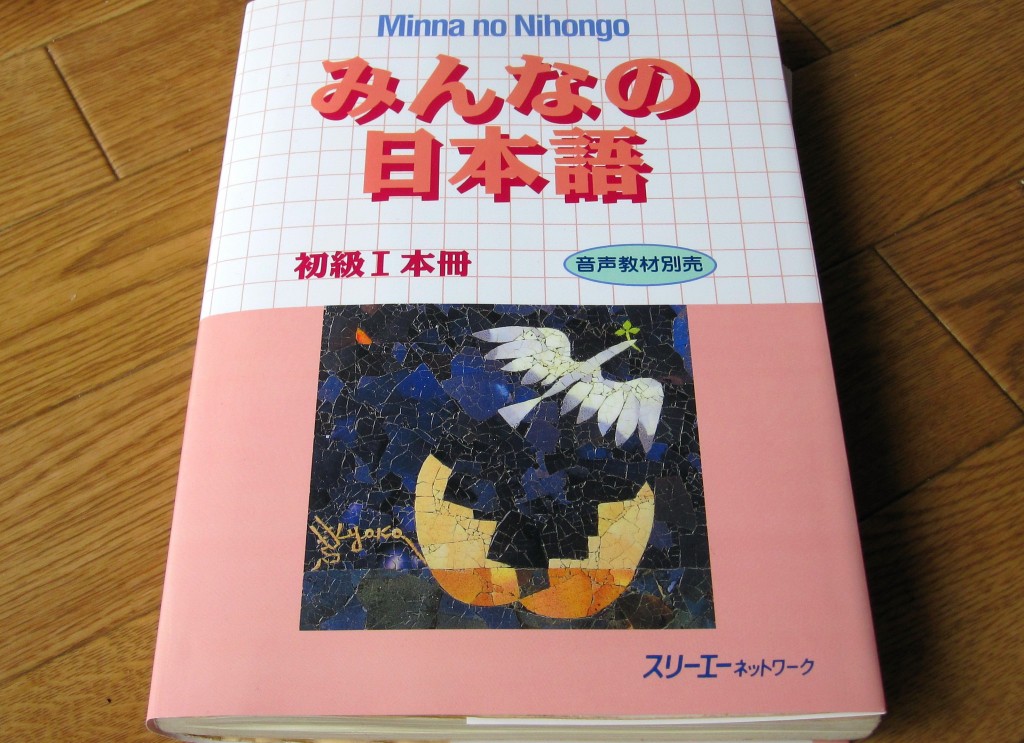

The teaching of Japanese is branching out in many different ways. As such, although it was originally developed for use by AOTS's technical trainees, it is now used by a wide range of people both in Japan and abroad. As readers may know, Shin Nihongo no Kiso is a comprehensive introduction to elementary Japanese that serves as a highly efficient resource enabling students wishing to master basic Japanese conversation to do so in the shortest possible time. Over three years in the planning and compilation, it stands as a complete textbook in itself while acting as a companion volume to the highly-regarded Shin Nihongo no Kiso. Trusty Kojimachi Bldg., 2F, 4, Kojimachi 3-Chome, Chiyoda-ku, Tokyo 102-0083, Japan ISBN978-4-88319-604-3 C0081 First published 1998 Second Edition 2012 Printed in JapanįOREWORD As the title Minna no Nihongo indicates, this book has been designed to make the study of Japanese as enjoyable and interesting as possible for students and teachers alike.

No part of this publication may be reproduced, stored in a retrieval system or transmitted in any form or by any means, electronic, mechanical, photocopying, recording, or otherwise, without the prior written permission of the Publisher. Please see the renshuu section on the next page.Ⓒ 1998 by 3A Corporation All rights reserved. Please turn right at that traffic light.ĭriver: 3,200 yen is your change.

Karina: Ano hanaya no mae de tomete kudasai. However, when we use in, , this particle is just used to connect two sentences or to make the sentence less hard (make it softer, easier to be received).Įxcuse me, please give me the salt. Usage : We have learned about the particle in lesson 8.
#MINNA NO NIHONGO 2 HOW TO#
How to conjugate: Vます remove ます and add ましょうか Usage: Use to describe an action that is taking place at the time of speaking. In informal communication, we will hear すいません instead of すみません In this case, が is used to connect the sentences. It often goes with すみませんが to ask politely. Usage: Use to politely ask someone to do something. The conjugation of て-form is based on the verb groups The verbs that end with て、で are called verbs て-form. きます Verb in short form (be also called dictionary form): Sometimes there are also some verbs that have the last syllable are in the column of The last syllable of most verbs in this group that are in form of are in the column of The last syllable of the verbs in this group that are in form of are in the column of Grammar Verb group:īased on the conjugation, Japanese verbs are divided into three groups: Exercise 7: Read the following paragraph and choose true or false.Exercise 6: Choose the appropriate word, then give the true form of that word and fill in the blank.Exercise 5: Choose the appropriate word, then give the true form of that word and fill in the blank.Exercise 4: Give the true form of the verbs in the following table.Exercise 3: Listen and choose true or false.Exercise 2: Listen and select the corresponding picture.Exercise 1: Listen and answer questions.Verb in short form (be also called dictionary form):.


 0 kommentar(er)
0 kommentar(er)
